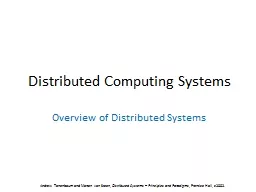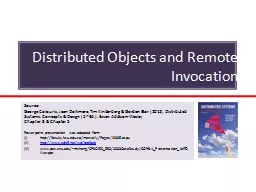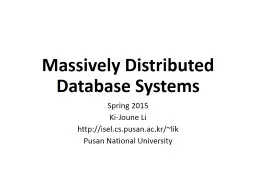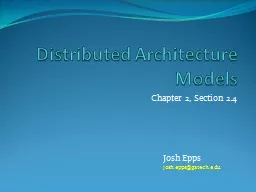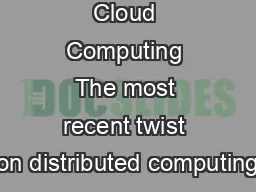PPT-Distributed Development:
Author : alida-meadow | Published Date : 2016-04-30
Lessons learned by Herschel GRITS 2011 June 17 Colin Borys Ground Segment Organizational chart The Practical considerations General Development Infrastructure Inherent
Presentation Embed Code
Download Presentation
Download Presentation The PPT/PDF document "Distributed Development:" is the property of its rightful owner. Permission is granted to download and print the materials on this website for personal, non-commercial use only, and to display it on your personal computer provided you do not modify the materials and that you retain all copyright notices contained in the materials. By downloading content from our website, you accept the terms of this agreement.
Distributed Development:: Transcript
Download Rules Of Document
"Distributed Development:"The content belongs to its owner. You may download and print it for personal use, without modification, and keep all copyright notices. By downloading, you agree to these terms.
Related Documents



